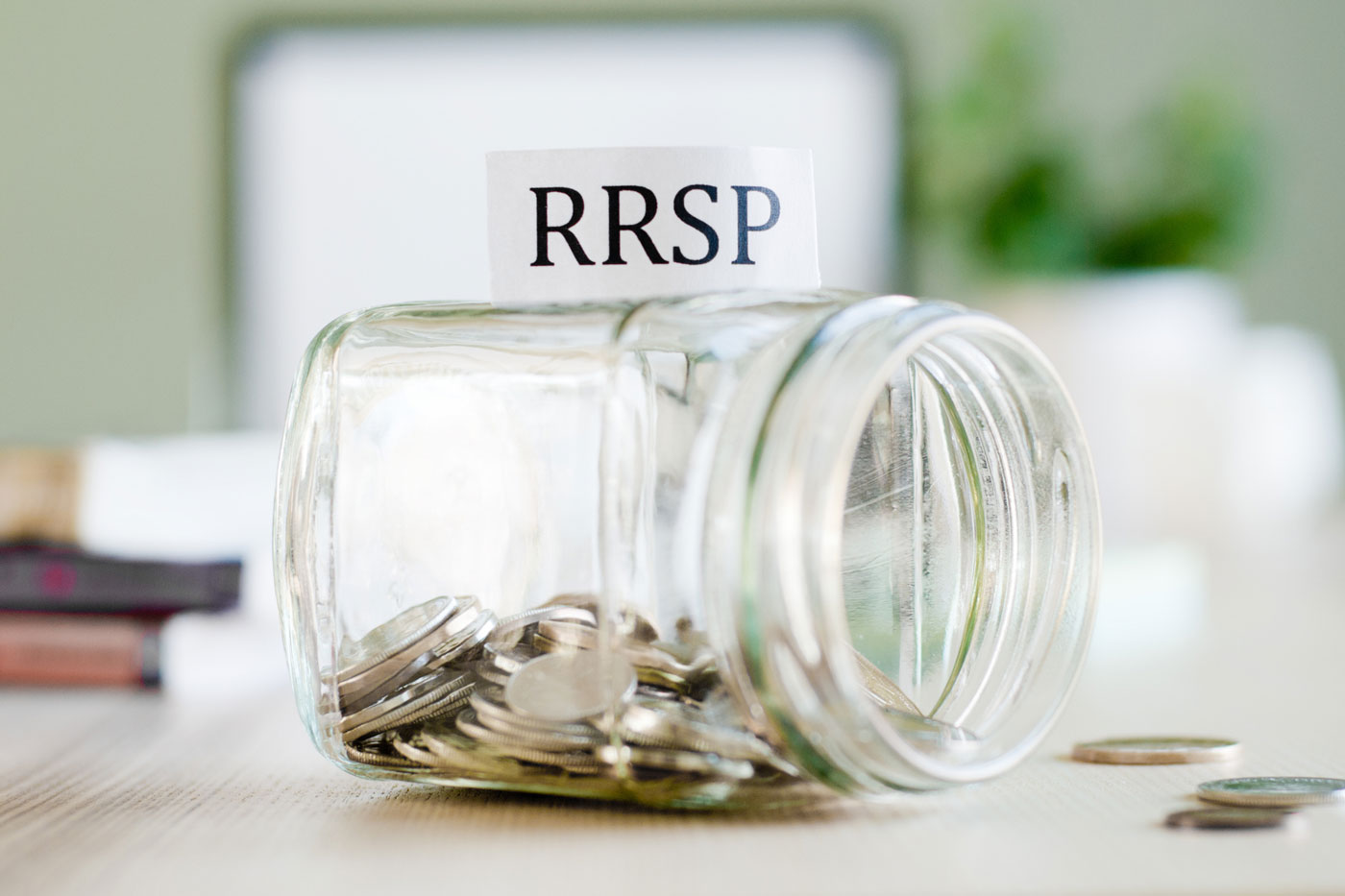Benefits of RRSP Mortgage Loans
At The Mortgage Station, we’ve noticed a lot of buzz and interest surrounding RRSP Mortgage loans being a fantastic option for those looking to borrow money from sources other than the bank. And while RRSP Mortgages can be hugely advantageous for some people, they may not be suitable for others.
What is an RRSP?
An RRSP is one of the only tax benefits that are still available to Canadians, yet many people still do not fully understand how they work, why they need an RRSP savings account, or what an RRSP mortgage does.
An RRSP or a Registered Retirement Savings Plan is taken out between a Registered Plan Administrator (Bank or Trust) and an RRSP contributor.
This money, designed to accumulate into a retirement saving account, can then be used as a source to borrow money from, including when investing in property.

How to Use an RRSP to Take Out a Mortgage
You have the option to leverage an RRSP for a mortgage in three different ways:
1. Home Buyers Plan
The Home Buyers Plan is designed for first time home buyers, or those that have, or are, assisting persons with a disability; to help in covering expenses such as down payment, closing costs, property improvements, etc.
Eligibility for The Home Buyers’ Plan
- You must be considered a first time home buyer
- You must have a written agreement to buy or build a qualifying home for yourself
Or
- You must have a written agreement to buy or build a qualifying home for a related person with a disability or to help them to buy a qualifying home
Withdrawing Your RRSP
To withdraw money from your RRSP, you must fill out a T1036 form. You will need to fill this form out each time you plan to make a withdrawal.
Repaying Your RRSP
In most cases, you’ll have 15 years to repay the amount you borrowed from your RRSP under the Home Buyer’s Plan. The CRA will send you a yearly statement of account.
To learn more about HBP, call us today or visit the Government of Canada website:
[maxbutton id=”1″ text=”Learn More” url=”https://www.canada.ca/en/revenue-agency/services/tax/individuals/topics/rrsps-related-plans/what-home-buyers-plan.html”]
2. Arm’s Length Mortgage or Private Mortgages
Arm’s Length Mortgages refer to cases where an investor with an RRSP chooses to use mortgages as their investment strategy – by essentially becoming the bank.
Arm’s Length Mortgages are a great option for those who may not have a cash investment strategy but do have RRSPs they can leverage.
What does arm’s-length refer to?
In the case of RRSP mortgages, arm’s-length refers to the lender not being related to you. In other words, the lender cannot be a spouse, family member (adoption included), or in-law of the borrower.
Payment of Private Mortgages
The borrower makes mortgage payments to the approved lender’s account, with interest. Interest rate is set by the lender and agreed to by the borrower. However, the rate and terms of the agreement must meet certain guidelines set forth by the administrator of your RRSP and CRA.
Interest rates usually range from 8%-15% on average.
Eligibility for Arm’s-Length Mortgages
It is important to note that to be eligible for an arm’s length mortgage in Canada, all properties must have a Canadian address. It’s also important to note that the administrator does not confirm if the investment is a true arm’s-length mortgage – you will need to consult a mortgage broker or notary to verify the investment.
General Requirement Examples
Transactions not permitted:
- Non-arm’s length, collateral, agreements for sale, demand, chattel, or promissory notes mortgages
- Mortgages where two parties lend to each other with the same terms at the same time
- Mortgages with a balloon payment
- Loan-to-value ratios above 100%
For more information and a list of additional general requirements, please call The Mortgage Station.

3. Personal RRSP Mortgage or Non-Arm’s Length Mortgage
Essentially, a Personal RRSP Loan aka. Non-Arm’s Length Mortgage is an RRSP loan that you borrow from your own RRSP.
Sounds great, doesn’t it?
Well, while you may have heard a lot of great things about this type of mortgage, the truth is: it’s not the best option for everyone, and it’s important to understand the risks and regulations involved.
Why borrow from yourself?
A Personal RRSP Mortgage works best for those looking to borrow money to add income from their residence, such as adding a rental suite or solar panel system.
Most people explore this option when they are on the fearful side of investing and want to put their money where they can’t lose it. However, there is risk in putting all of your eggs in one basket as the value of your house could drop, or you could go underwater on your home with your own money.
Additional Regulations & Risks
- All personal RRSP mortgages must be insured by CMHC
- Borrowers must prove their income
- Taxes must be up to date
- Additional associated fees
- Must pass the stress test, and more!
However, what are the main benefits of a Personal RRSP Mortgage?
- You keep all the interest
- You can use the highest interest rate
- You are protected from rising rates
- Your payments to your RRSP are not counted as RRSP contributions
Personal RRSP Mortgage Example:
If you were purchasing a house for $400,000 and had $150,000 for a down payment, you would still need to borrow $250,000. If you happened to have that $250,000 in your RRSP, enough to cover the remaining amount, you could then borrow the money from yourself, as a mortgage loan.
Eligibility for Personal RRSP Mortgage Loans
Factors to determine your eligibility include what type of property you’re investing in, and the loan to value (LTV), which is the mortgage‘s remaining balance divided by the property value.
As with all large investments, RRSP mortgages should not be decided upon lightly. RRSP self-mortgages are a big commitment, and you should explore all your options with a mortgage broker to determine what is best for you.
Contact The Mortgage Station Today!
Need guidance onRRSP mortgages? Contact us today! We’re here to help you make the smartest mortgage decision for your future.


